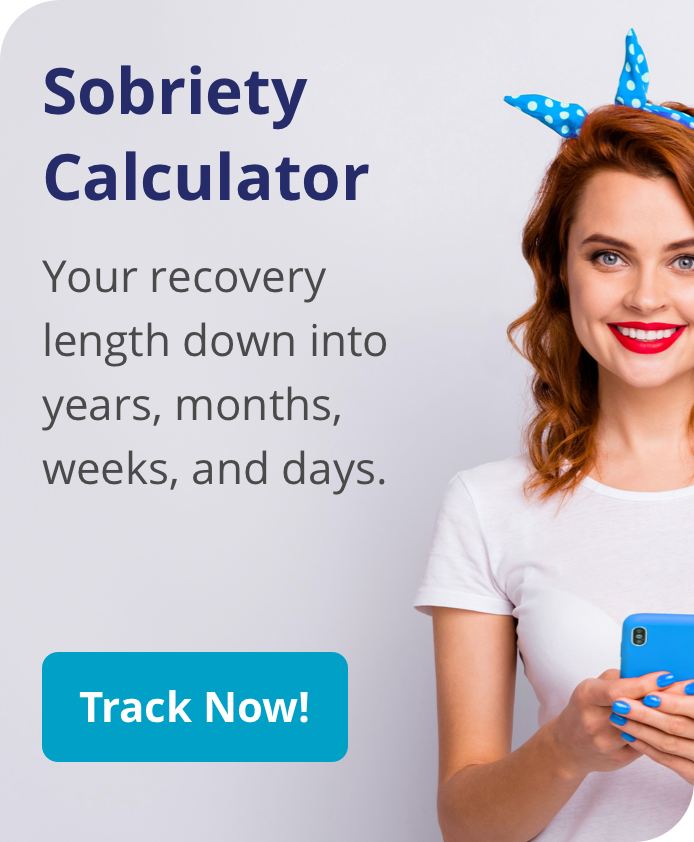 Abuse of alcohol, tobacco and illicit drugs costs the USA more than $740 billion annually in costs related to crime, lost work productivity and health care.1 What’s in a name? Substance use disorder (SUD), refers to dependence on and abuse of alcohol, tobacco, over the counter (OTC) medications and illegal drugs.
Abuse of alcohol, tobacco and illicit drugs costs the USA more than $740 billion annually in costs related to crime, lost work productivity and health care.1 What’s in a name? Substance use disorder (SUD), refers to dependence on and abuse of alcohol, tobacco, over the counter (OTC) medications and illegal drugs.
According to Substance Abuse and Mental Health Services Administration (SAMHSA), “Substance use disorders occur when the recurrent use of alcohol and/or drugs causes clinically and functionally significant impairment, such as health problems, disability, and failure to meet major responsibilities at work, school, or home.”2
Other names used in the past for substance use disorder include:
- Chemical dependency
- Drug use disorder
- Drug addiction
- Alcohol use disorder
- Alcohol addiction
- Substance misuse
- Substance dependence
- Substance abuse
Official Definition of Substance Use Disorder
There really is no universally accepted, standard definition for substance use disorder (SUD). The most commonly accepted definition, and the one most often cited in research papers and articles, is from the American Psychiatric Association (APA).
In 2013, the APA released an updated version (the 5th edition) of their Diagnostic and Statistical Manual of Mental Disorders, more commonly called DSM-5.3 The DSM-5 serves as a diagnostic tool for psychiatric diagnoses and treatment recommendations, while healthcare providers use the manual as a classification tool when submitting information to insurance companies for reimbursement of services.
Substance abuse + substance dependence = substance use disorder
In the DSM-5 the APA has combined the previously used terms substance abuse and substance dependence into a single term renaming it substance use disorder. The APA also classifies SUD’s according to type of substance:
- Alcohol
- Tobacco
- Marijuana
- Stimulants
- Sedatives
- Inhalants
- Hallucinogens
- Opioids
If a person exhibits a single type of SUD, then the diagnosis can refer to the specific substance such as alcohol use disorder, marijuana use disorder or opioid use disorder.
Need More Information?
Call now to be connected with one of our friendly, helpful admissions specialists.Substance Use Disorder vs Addiction
The APA definition clarifies a longstanding distinction between substance abuse and substance dependence – these terms have been combined into a single term – substance use disorder. Many older articles and information found on other addiction treatment sites refer to addiction and substance use as 2 different things. But with the updated American Psychiatric Association definition, they are the same.
Charles O’Brien, MD, PhD published an article on The Fix that discussed the reasoning behind the new APA definition and says, “We know much more about how alcohol, cocaine and other drugs activate certain areas of the brain and the neurological consequences. As a result, we now see addiction in terms of a continuum of symptoms and behaviors, not the artificial dichotomy imposed by the previous labels of “Substance Abuse” and “Substance Dependence.”4
Substance Use Disorder Symptoms
In 2014, around 21.5 million people aged 12 or older had a substance use disorder – with 7.1 million with illicit drug use disorder and 17 million with alcohol use disorder.5
The APA distinguishes between 11 distinct criteria when classifying someone with a mild, moderate or severe substance use disorder. Two to three criteria must be present for a mild diagnosis, four to five are required for a moderate diagnosis, while six or more criteria equal a severe diagnosis. Some of the criteria include:
- Continual craving for the substance
- Failure to control or reduce use
- Developing tolerance to the substance
- Using larger amounts of the substance over time
- Spending a lot of time obtaining and using the substance
- Using the substance even in risky situations – driving car, operating machinery
- Continued use despite interference with family, social, work, school and other obligations
- Withdrawal symptoms when attempting to reduce or stop use
Substance Use Disorder and Mental Health Issues
The exact cause of substance use disorder varies from person to person. SUD may also occur in people with specific health conditions such as diabetes, hypertension or TBI (traumatic brain injury).
People with SUD may also have other issues such as PTSD, ADD, depression, personality disorder or other mental health problems. If a person has both a substance use disorder and a mental health issue, this is called a co-occurring disorder. In 2014, of the 20.2 million adults with SUD, 7.9 million (39.1%) also had a co-occurring disorder.6
The key to the prevention of substance use disorder includes early detection, early intervention and effective treatment options such as.
- Detox center
- Group or individual counseling
- Intensive outpatient program (IOP)
- Partial hospitalization program (PHP)
- Medication assisted treatment
- 12-Step, faith-based and spiritual programs
- Specialty services like holistic therapy and psychiatric services
- Experiential therapies such as social interaction and recreational opportunities
Get Help for Substance Use Disorder
Do you suspect someone close to you has a substance use disorder? If you are looking for help or answers to your questions, reach out to Transformations Treatment Center. Our certified addiction professionals, masters-level therapists and licensed mental health counselors will help you or your loved one get started on the road to recovery today.
- National Institute on Drug Abuse (NIH). The Science of Drug Abuse and Addiction: The Basics.
https://www.drugabuse.gov/publications/media-guide/science-drug-abuse-addiction-basics - Substance Abuse and Mental Health Services Administration (SAMHSA). Substance Use Disorders.
https://www.samhsa.gov/disorders/substance-use - American Psychiatric Association (APA). Diagnostic and Statistical Manual of Mental Disorders (DSM-5).
https://www.psychiatry.org/psychiatrists/practice/dsm - Behavioral Health Trends in the United States: Results from the 2014 National Survey on Drug Use and Health.
https://www.samhsa.gov/data/sites/default/files/NSDUH-FRR1-2014/NSDUH-FRR1-2014.htm - Study highlights unmet treatment needs among adults with mental health and substance use disorders.
https://www.drugabuse.gov/news-events/news-releases/2017/10/study-highlights-unmet-treatment-needs-among-adults-mental-health-substance-use-disorders - Treatments for Substance Use Disorders.
https://www.samhsa.gov/treatment/substance-use-disorders




